For many of us—including those in the US—a new school year has officially launched. While we hope that this is really the year that we “return to normal,” there are still some lingering effects from the last two years of pandemic that must be recognized and addressed. That said, the promise of a new start lends the opportunity for new tactics and strategies in the classroom.
Take a look below to find some of the latest articles that our team has been reading and sharing as we kick off the new academic year.
In this article, John Spencer argues that teachers need to be given the space to take creative risks with their teaching. Freedom gives teachers professional agency, which helps to bolster engagement in their craft. It also allows teachers to serve as role models for their students who are asked on a daily basis to take risks in their own learning. Spencer goes on to suggest 10 creative risks for teachers to try out this year. We hope this inspires some educators to test drive something new.
While schools are back in person, the effects of the pandemic and remote learning are still being felt. For some students, this can show itself through burn out. We’ve talked a lot over the last year about worker burnout, but how can teachers and schools turn their attention to this issue within their students? Miriam Plotinsky of Edutopia describes the problem space and offers some strategies for mitigating the effects of student burnout in her article here.
In response to the rising number of students experiencing mental health issues, many teachers have added a mental health check-in with students to their daily routine. This article from NPR describes this new strategy and how school systems and professional care are working with educators to get resources to those students who need additional support.
What do you know about Mastery Based Learning (MBL)? The Hechinger Report’s article gets into the nitty gritty of MBL and offers a rebuttal to some of the most common arguments from skeptics. Take a look and see if this might be the approach your students need to improve performance and deepen understanding.
Larry Cuban recently revisited his popular article on “classroom expectations” here. Cuban discusses not only how a teacher’s expectations of their students ultimately influence classroom outcomes, but also how students’ expectations of their teachers also play into the behaviors and academic achievements of the group.



